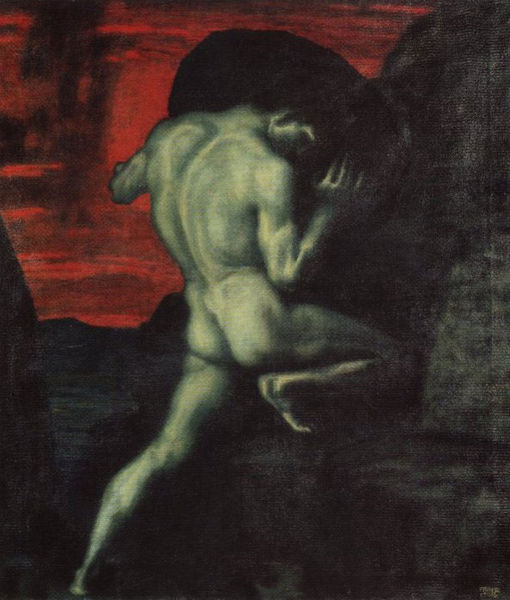Whether or not you’re a fan of professional wrestling, there’s no denying the sustained popularity that the World Wrestling Entertainment (formerly known as the World Wrestling Federation) has enjoyed over the past three decades. The WWF first began its rise to becoming a global juggernaut when Vincent K. McMahon—son of Vincent J. McMahon—decided to secede from professional wrestling’s established territory-based business model and spread nationwide back in the mid-eighties.
But it wasn’t until 1993 that McMahon and the WWF would forever change the way fans would tune in to follow their favourite professional wrestlers. Regional wrestling promotions had used cable television to broadcast pre-recorded shows before 1993, but McMahon took the formula and revolutionized the entire industry.
When WWF Monday Night Raw debuted on Jan. 11, 1993 on the USA Network, so began a remarkable run of over 1,000 weekly episodes of programming, setting the record as the longest-running weekly episodic program in television history.
Unlike the wrestling programs on television that had come before it, Raw was recorded and aired for a live audience, with the promos and “breaking” storylines recorded during the same broadcast.
Filming took place on Monday and Tuesday evenings; the Monday night show filmed live to air and the Tuesday show was held over to air the following Monday night.
Monday Night Raw proved to be so successful that World Championship Wrestling—the other major professional wrestling promotion at the time—decided to debut a rival Monday night wrestling show to challenge Raw.
Debuting in 1995, WCW Monday Nitro and WWF Monday Night Raw would battle for ratings throughout the remainder of the 90s in what would become known as the Monday Night Wars.
For young, impressionable fans in the 90s, the Monday Night Wars were awesome, as both the WCW and WWF pulled out all the stops to attract the bigger audience each week.
By 1997, WCW Nitro had overtaken Monday Night Raw in the ratings war, largely due to the Hulk Hogan-led nWo storyline angle. This incited perhaps the biggest and most important shift in the WWF’s history: the move towards controversial storylines and angles that has come to be known as the “Attitude Era.”
Things began to sway back in Raw’s favour around the time of the “Montreal Screwjob incident,” in which McMahon jobbed Bret Hart out of the WWF Championship. The incident set up McMahon’s feud with “Stone Cold” Steve Austin, as the WWF CEO shifted from a role as sideline commentator to portray an egomaniacal corporate character. Austin played the role of the swearing, beer swilling, redneck badass, and the ever-present thorn in the McMahon family business.
Audiences lapped it up. On April 13, 1998, Raw aired a match that pit McMahon against Austin that finally broke the WCW’s 84-week stretch of ratings domination. The Attitude Era also helped to raise talented performers like “Stone Cold” Steve Austin, Triple H, Dwayne “The Rock” Johnson, and Mick Foley into worldwide household names.
The two promotions would continue to battle for ratings supremacy through the remainder of the 90s, until Time Warner eventually sold the WCW to McMahon and the WWF in 2001. The end of the Monday Night Wars (and the World Wildlife Fund’s regained monopoly on the “WWF” trademark) meant that, going forward, the newly named WWE Raw and its Thursday program SmackDown could continue to gain momentum, more or less uncontested, through the early part of the 21st century.
Today, WWE has turned professional wrestling (or sports entertainment, as they prefer to call it) into a publicly-traded entertainment company worth nearly US $400 million. Its popularity around the world continues to grow, as new generations of fans tune in weekly to watch today’s superstars continue the tradition that was set in motion 20 years ago.



